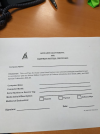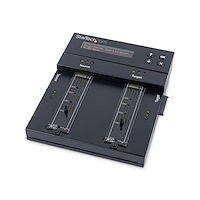Big Jim
Well-Known Member
- Reaction score
- 183
- Location
- Derbyshire, UK
Customer asking for secure data destruction to "a certain standard" with accompanying certificate.
my understanding was that in order to meet the "regular" data destruction standards software writes 0s then 1s a bunch of times. then depending on the standard, random 0s & 1s
The drive in question here is an SSD
my questions are as follows:
1 - what standard do you normally work to ?
2 - is it still necessary on an SSD to multiple pass data overwrites or has secure erase surpassed this now ?
3 - does anyone have a certificate template that I can pinch ?
my understanding was that in order to meet the "regular" data destruction standards software writes 0s then 1s a bunch of times. then depending on the standard, random 0s & 1s
The drive in question here is an SSD
my questions are as follows:
1 - what standard do you normally work to ?
2 - is it still necessary on an SSD to multiple pass data overwrites or has secure erase surpassed this now ?
3 - does anyone have a certificate template that I can pinch ?



